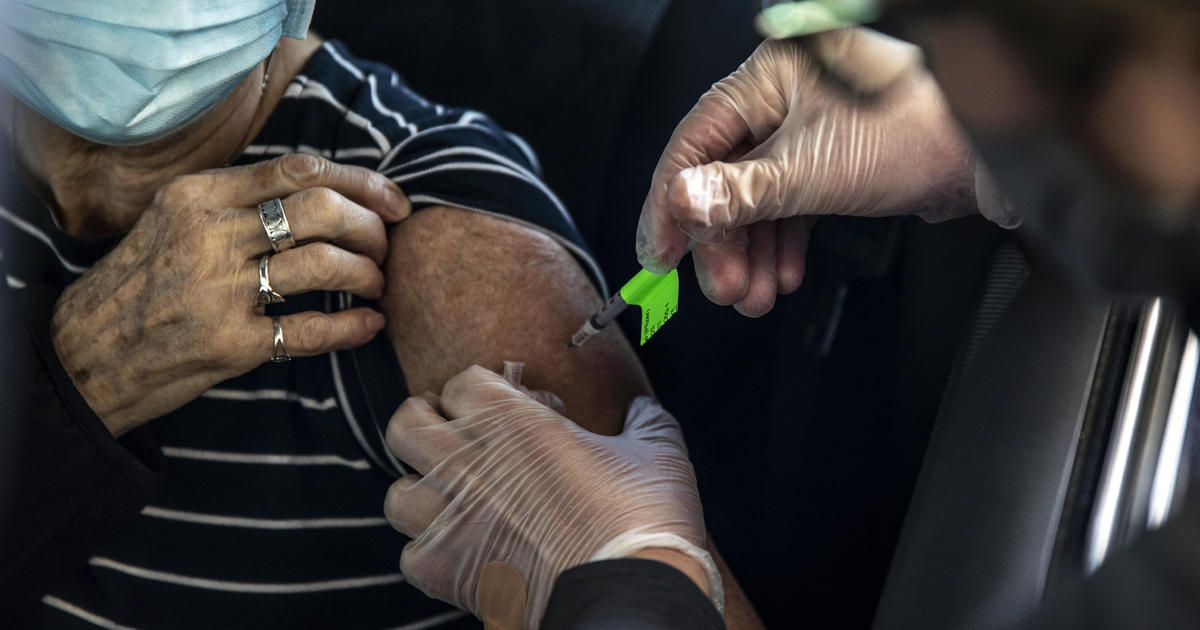
The Biden government has allocated millions of dollars to combat fear and misinformation in communities of color that have expressed concern about the safety of the COVID-19 vaccine. According to the Department of Health and Human Services funding database, the Centers for Disease Control and Prevention has awarded more than $ 17 million to various organizations planning vaccine education in the past three weeks.
Fifteen organizations advocating for Black, Hispanic, Asian, and Native Americans have received funding to boost their educational outreach for the COVID-19 vaccine. UnidosUS and the National Urban League received the largest grants, $ 3.2 million and $ 2 million, respectively.
People of color are more likely to contract COVID-19 than white people, and black, Hispanic, and Native Americans are two to three times more likely to be hospitalized, according to data from the CDC.
Even with these rates, white Americans are getting vaccinated much faster than other racial minorities. On Feb. 22, more than 19 million people had been fully vaccinated, 65% of whom are Caucasian, according to CDC data. About half of the states keep records with demographic information.
The Biden administration has not commented on the CDC funding for the outreach efforts, but an HHS official confirmed the coordinated outreach.
Before COVID-19 vaccines were developed, vaccine hesitation was most prominent among black Americans. A survey by the Pew Research Center last fall found that only 42% intended to be vaccinated, compared to 63% of Hispanic and 61% of white adults. The survey found that Asian Americans who speak English were the most likely to get a vaccine, with 83% saying they would.
Distrust in health care lingers in communities of color, due in part to past medical abuse by the federal government. Two of the most serious abuses have occurred in the past 50 years: the Tuskegee syphilis study, which has focused on black men for more than 40 years; and the sterilization of thousands of Native American women without their consent by the Indian Health Service in the 1970s.
The nonprofit branch of the Conference of National Black Churches received $ 1.56 million to encourage their parishioners to get vaccinated.
“Black churches have more contact with black people even during the pandemic than any other organization in the country,” said Dr. Jacqui Burton, the conference chairman. “Even though we are not in our premises, we are still worshiping and still rendering services.”
The conference hopes the money will help her efforts to provide vaccinations in her churches as well.
In the coming weeks, this will be a “health ministry … touching people’s lives and putting vaccines in their arms,” said AME Bishop Adam J. Richardson.
Other organizations aim to bridge a language gap for reliable information.
The Asian & Pacific Islander American Health Forum will use its $ 1.8 million award to address the ‘digital divide’ in Asian-American communities and provide additional simplified vaccination instructions in less widely spoken but critical languages such as Samoan, Marshallese and Chuukese, said CEO Juliet K. Choi.
Choi also said online posts about vaccines would feature prominently on popular communication platforms such as WeChat, WhatsApp and KaKao.
Overcoming a language barrier is also a priority for the Association of American Indian Physicians, a group that received a grant of $ 950,000. Because tribal nations are sovereign, they can choose who to vaccinate. In some places, such as the Cherokee Nation, vaccinations are a priority for their language keepers.
“One of the most important ways to support us is to preserve our language and our traditions,” said the association’s president, Dr. Mary Owen, on CBS News. “They know this is deeply involved in maintaining our health.”
If vaccinated from this range, individuals may be able to carry one more recent CDC purchase from the Immunization Action Coalition: $ 1 million dollars worth of buttons and stickers promoting the “I Got My COVID-19 Vaccine” message.
Max Bayer and Alex Tin contributed to this report.